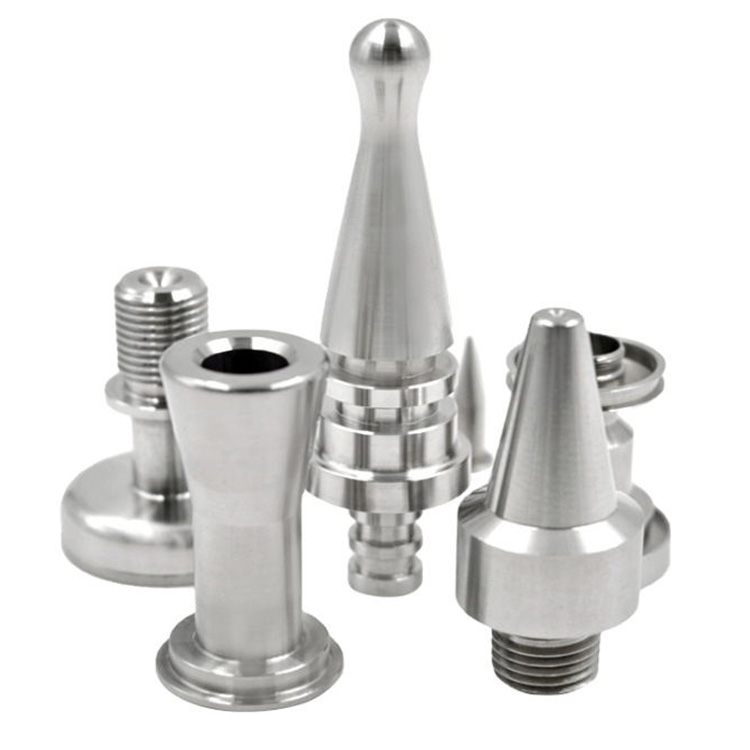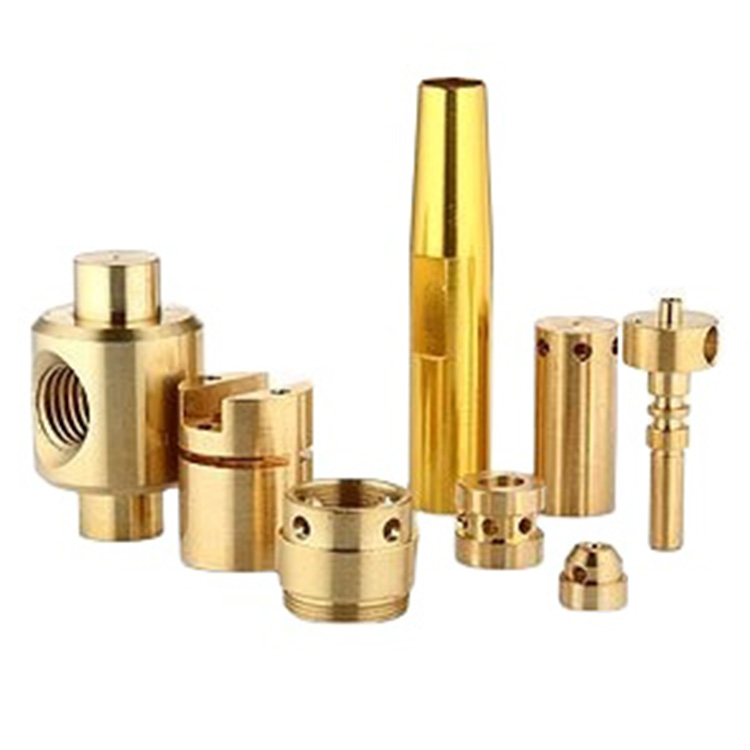
The Difference BetweenThree-axis CNC Machining and Five Axis CNC Machining
Three axis CNC machining and five axis CNC machining are two different types of CNC machining techniques, with some differences in machining capabilities and applicability. Here are the main differences between them:
1.Number of axes:
Three axis CNC machining: A three-axis CNC machine refers to a numerical control machine tool that can perform machining in the X, Y, and Z axes. This means that it can be machined both in the plane and perpendicular to the plane, but cannot be machined along multiple axes simultaneously.
Five axis CNC machining: A five axis CNC machine has five axes, usually three linear axes X, Y, and Z, and two rotational axes (usually A and C axes). This allows it to be machined simultaneously in five axes, allowing for more complex part machining.
2.Processing capability:
Three axis CNC machining: Three axis CNC machining is suitable for relatively simple structures, such as simple planar parts and simpler curved parts performed in a plane or vertical plane.
Five axis CNC machining: Five axis CNC machining has higher machining capabilities and can be used to manufacture more complex structures, such as complex surfaces, spiral shapes, inclined surfaces, etc. It is particularly suitable for the manufacturing of parts that require high precision and complex shapes in industries such as aerospace, medical equipment, and automotive.
3.Tool path:
Three axis CNC machining: Due to the fact that there are only three linear axes, the tool path can usually only move within a plane or perpendicular plane during the machining process, so multiple relocations may be required when machining complex surfaces.
Five axis CNC machining: Five axis CNC machines can move simultaneously in five axes, making tool paths more flexible and enabling more efficient machining of complex surfaces, reducing the number of relocations during the machining process and improving machining efficiency.
Overall, three-axis CNC machining is suitable for simple and relatively flat structural machining, while five axis CNC machining is suitable for complex and curved structural machining, with higher machining capabilities and flexibility. However, five axis CNC machining typically requires higher technical requirements and more expensive equipment, so it is important to choose the appropriate machining equipment based on specific machining needs and budget.









